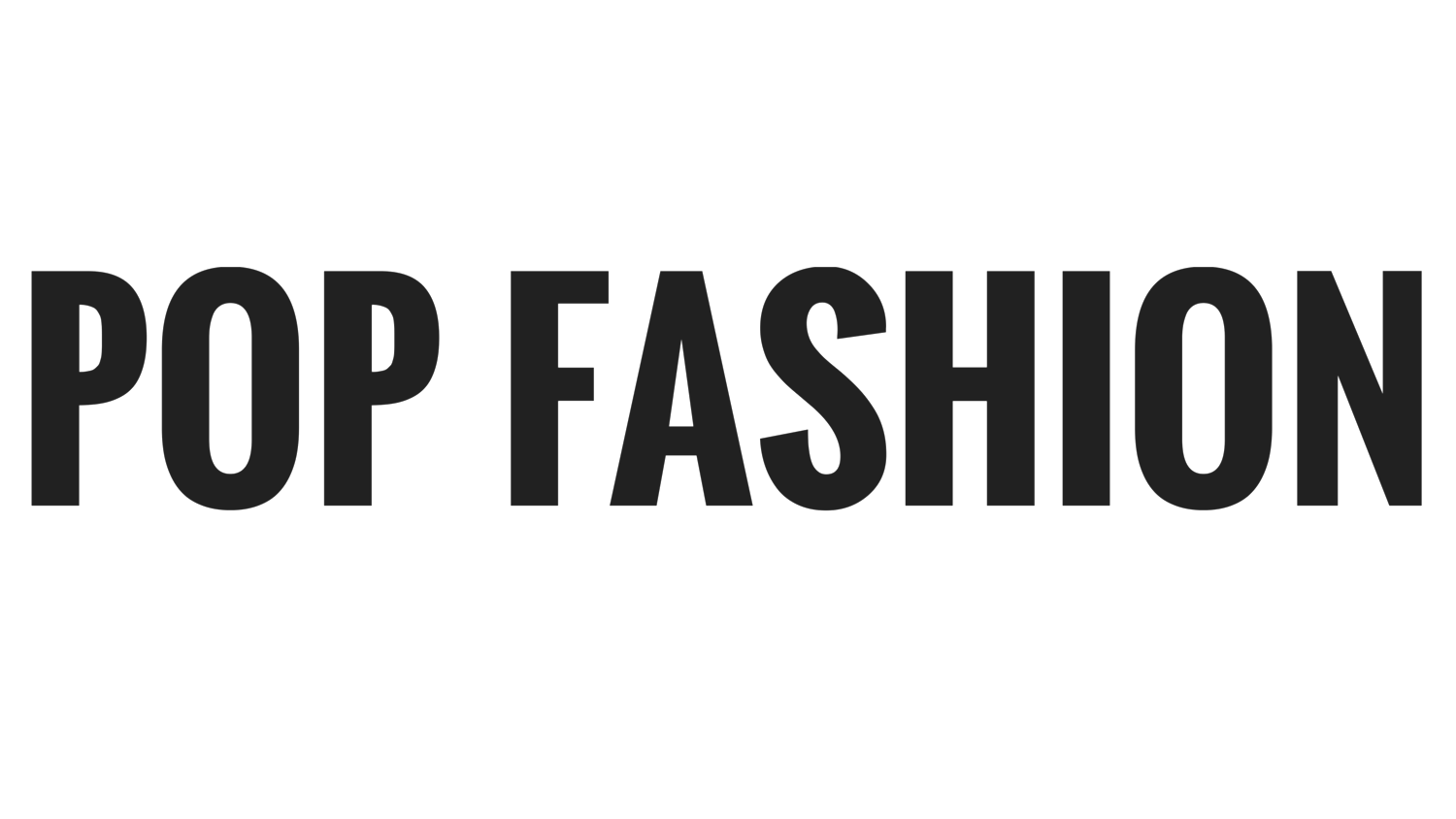Listener Julie on fashion as art
/A dear listener and fashion student sent us this thoughtful response to our discussion of whether fashion should be regarded as museum-worthy art:
—
Fashion, like art, can’t really encompass one thing. To ask if it is art reduces the huge and penetrating grasp it has on our lives.
But why does it need to be art to be worth our time and attention and consideration? I’m convinced it is because of the inherent biased against fashion as primarily a woman’s pastime-one deemed frivolous and vain- that we still have these debates. No one questions, for example, the necessity of the Baseball Hall of Fame or the Super Bowl. We simply take these things for granted as part of our national heritage.
Fashion, however is constantly defending its own right to exist, which is ridiculous; humans have been adorning our bodies since the beginning of time. Fashion scholars will tell you that the desire for novelty in our clothing and the creation of garments that are new and different has been around since the Middle Ages (albeit at a much much slower pace than now).
If you think about it in that light, then fashion as we know it is really an extension of the human condition and who is say that the human condition is not worthy of a museum’s time and attention? It’s important to remember that museums don’t just put on shows, they house and preserve objects and artifacts for the future, they keep things from falling apart and degrading, from being dumped and discarded. They archive and document them so they remain part of our collective and public memory. Why should clothing, the very stuff we spend our lives in, be excluded from these efforts?
Go into fashion history and you’ll find that what people are wearing is mixed in with some deeply entrenched beliefs about beauty, history, gender and culture. Fashion is more than couture and designers (though these people are integral to creating new beliefs and ideas about what forms of art and what pieces of the cultural zeitgeist are transformed into the material items we put on our bodies. Scholars like Anne Hollander have argued that fashion designers are actually experts at anticipating social change and capturing it in the language of clothes). To me, as a student of fashion history, a successful fashion exhibition is one that can communicate these ideas. If you walk away from a fashion exhibition bedazzled but not necessarily knowing what’s at stake or why what you’re looking at is interesting then it doesn’t matter how pretty it was.
But that’s also harsh, since I know first hand how HARD it is to put on an exhibition and it’s also biased since my interest in fashion really doesn’t lie with designers but more so general beliefs about what fashion says about the period of time its born out of. The Met’s Behind the Looking Glass exhibition on China was beee-yooo-tiful, but personally, the one it presented before that, which was on 19th century Mourning Dress was one I just found to be more successful conceptually. As a smaller exhibition, and it was able to focus more energy on content and ideas. But again, that’s just me. Andrew Bolton (who designed the McQueen show and the China show and recently did the newest one) does a great job, and to put on these exhibitions is no small feat. I haven’t been to Manus x Machina yet, but I’m so excited to see it for the very simple reason that it puts light on fashion as a craft and not just a commercial endeavor.
And yes, even a factory made item can go into a exhibition. Last fall, the Brooklyn Museum hosted a whole exhibition on sneakers, possibly the most commercial and widespread piece of footwear you can think of. The exhibition touched on technology, athleticism, gender, and the influence that African-American and hip-hop culture has had on our wardrobe. All of these things can encapsulated into a single factory made item; the meaning is there, we usually just take it for granted because we’re so used to things like sneakers fading into the background of our every day lives.
That’s why fashion is the most deceptive art form there is, because its supposed qualities of utilitarianism and pragmatism and the overwhelming presence it has in our existence masks its history and its significance.

